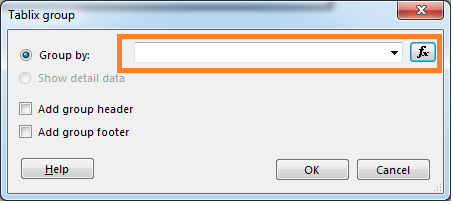In SQL , this is done via the ALTER TABLE statement. The SQL syntax to remove a constraint from a table is, ALTER TABLE table_name. Assuming our starting point is the Customer table created in the CREATE TABLE section: Table Customer. Deleting a unique constraint removes the requirement for uniqueness for values entered in the column or combination of columns included in the constraint expression and deletes the corresponding unique index. Before you begin: Security.
To delete a unique constraint , using: SQL Server Management Studio. Requires ALTER permission on the table. In Object Explorer, expand the table with the check constraint.
Right-click the constraint and click Delete. In the Delete Object dialog box, click OK. So I wrote a procedure that drops any index or constraint on a column and the column it self at the end. Remove Identity from a column in a table. How to remove not null constraint in sql server.
You must first delete the constraint. The DROP CONSTRAINT command is used to delete a UNIQUE, PRIMARY KEY, FOREIGN KEY, or CHECK constraint. What is the easiest and most elegant way of dropping this default constraint on a column in Sql Server that I can uniformily apply to every instance of this table?
APPLIES TO: SQL Server Azure SQL Database Azure Synapse Analytics ( SQL DW) Parallel Data Warehouse. Specifies the properties of a PRIMARY KEY, FOREIGN KEY, UNIQUE, or CHECK constraint that is part of a new column definition added to a table by using. If the column that you want to delete has a CHECK constraint, you must delete the constraint first before removing the column.

Also, SQL Server does not allow you to delete a column that has a PRIMARY KEY or a FOREIGN KEY constraint. Alternatively, you can also delete a Foreign Key Constraint from the SQL Server Management Studio itself. Expand your database view. Right Click on Table which has foreign key constraint. You can try it if the commands do not work.
A tab with the information about table columns will open. To remove a NOT NULL constraint for a column in MySQL, you use the ALTER TABLE. MODIFY command and restate the column definition, removing the NOT NULL attribute.
Transfer all data from your main table to replica table. Apply proper constraints like a Primary key or Unique key on that column which is identity column of the main table. Dropped the main table. Rename your replica table to the original table name.
First, specify the name of the table from which you want to delete the column. Secon specify the name of the column that you want to delete. Therefore, you need to drop the constraint before dropping the table. In Microsoft SQL Server, I know the query to check if a default constraint exists for a column and drop a default constraint is: But due to typo in previous versions of the database, the name of the constraint could be DF_SomeTable_ColName or DF_SmoeTable_ColName.

ALTER TABLE DROP COLUMN ColumnName failed because one or more objects access this column. If you use SQL Server Management Studio, it takes care of this for you automatically, dropping the default constraint along with the column. We can have multiple unique constraints in a table compared to one primary key. When we create a unique constraint on a column or group of columns , SQL server validates that a column will not have a single value repeated twice.
SQL HOME SQL Intro SQL Syntax SQL Select SQL Select Distinct SQL Where SQL An Or, Not SQL Order By SQL Insert Into SQL Null Values SQL Update SQL Delete SQL Select Top SQL Min and Max SQL Count, Avg, Sum SQL Like SQL Wildcards SQL In SQL Between SQL Aliases SQL Joins SQL Inner Join SQL Left Join SQL Right Join SQL Full Join SQL Self Join SQL. The UNIQUE constraint ensures that all values in a column are different. Both the UNIQUE and PRIMARY KEY constraints provide a guarantee for uniqueness for a column or set of columns.
A PRIMARY KEY constraint automatically has a UNIQUE constraint. However, you can have many UNIQUE constraints per table, but only one PRIMARY KEY constraint per table.
Nincsenek megjegyzések:
Megjegyzés küldése
Megjegyzés: Megjegyzéseket csak a blog tagjai írhatnak a blogba.